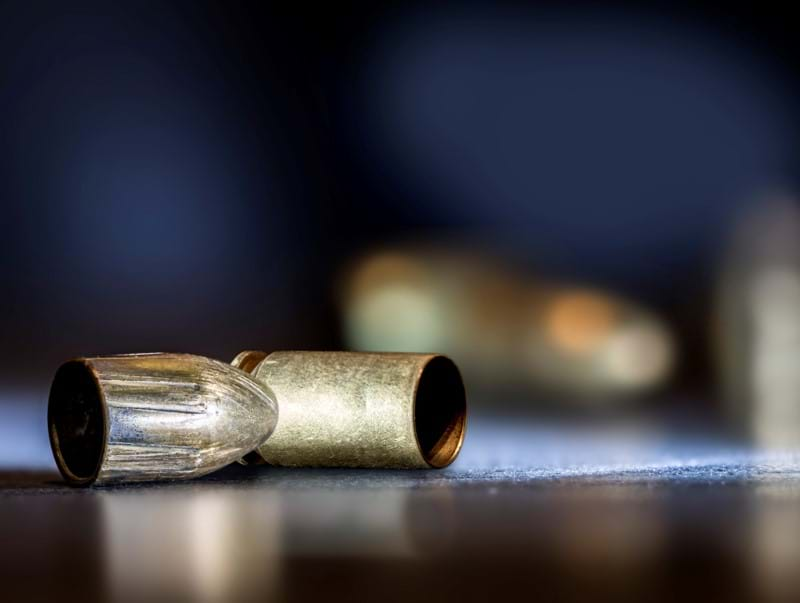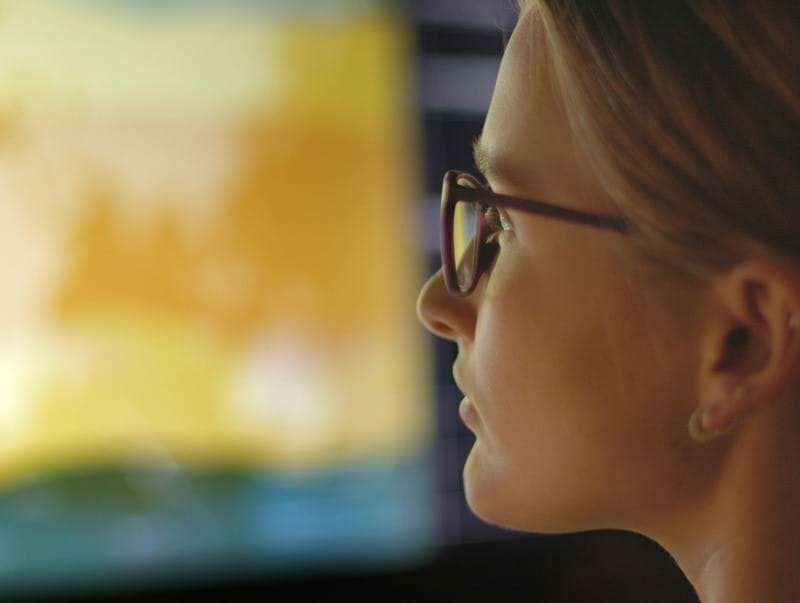Following the recent market introduction of Quantum, our novel 3D virtual comparison microscope for firearm and toolmark examiners, we begin a series of brief blogs that will focus on specific aspects relevant to visual and quantitative analysis for common source determinations. “Moving Toward Great Objectivity” is the first blog post in the series. Be sure to subscribe to our blog page to stay up-to-date. Please feel free to share this blog with your peers and to contact us with any feedback or to discuss a topic further. Enjoy!
The year 2020 has been a difficult one in many ways throughout the world. It is also a year in which there have been several published court decisions expressing concern with respect to the lack of objectivity in firearm and toolmark identification. There are two ways in which the use of the Quantum 3D Microscope facilitates a more objective approach to firearm and toolmark identification.
One of the repeated concerns of critics and the courts has been the lack of reproducibility and repeatability in firearm and toolmark comparisons. One reason for this is the way in which data is collected. With respect to bullets, data consists of patterns of striated marks. In standard light comparison microscopy, this data is not actually collected. It is only observed. Furthermore, what is observed is highly dependent on lighting, a factor that can be exceedingly difficult to replicate from sample to sample. Examiners have worked to compensate for this through comprehensive digital photography and quality control processes and procedures such as verification, and technical and administrative reviews. The use of today’s documentation and quality control technology has greatly helped improve the reliability of comparisons performed by trained examiners.
But further improvements were necessary—and now they are here. One way that Quantum 3D Microscopy facilitates a more objective approach is its use of 3D acquisition technology in which the topography of examined exhibits is directly measured and reproduced. This is crucial because the data is no longer strictly dependent on transient lighting conditions. In other words, the measures that are key to common source determinations are no longer simply observed, they are collected. This ensures reproducibility and repeatability.
The second way in which the use of Quantum 3D Microscopy facilitates a more objective approach to firearm and toolmark identification is through use of the RBL Method—a novel graphical representation of the data. This method evaluates compared, striated toolmarks using two similarity measures. The first measure is the Pattern Matching Score which is a cross correlation factor. It has been shown to be effective in measuring the similarity of bullet profiles. The second similarity measure is the Line Counting Score that analyzes consecutively corresponding peaks as well as consecutively corresponding valleys. When combined, the discriminating power of the Pattern Matching Score and the Line Counting Score is greater than the discriminating power of each of them individually. The RBL Method compares collected data from two bullets and generates an overall similarity score. They serve as an accurate quantitative measure of similarity.
Research has demonstrated that known non-matching bullets generate consistently low RBL scores. However, bullets fired from the same source and with at least one land engraved area with good quality markings consistently generate higher RBL scores that are significantly different from the scores generated by known non-matching bullets. When these scores are plotted on the Quantum RBL Graph, they provide an objective representation of matching and non-matching conditions. This objective graphical representation provides the courts with increased confidence in the examiner’s common source determinations.
Furthermore, these similarity scores can also be used to derive false match rates (FMRs). This statistical error rate, currently available for 9mm Luger caliber bullets, helps the courts with the elusive answer to the question: What is the chance that another gun could have fired this bullet? Confidently answering this question is the key to alleviating any concerns that the courts and the critics may have.
In the end, 3D virtual comparison microscopy combined with quantitative analysis is central to our quest for greater objectivity.






